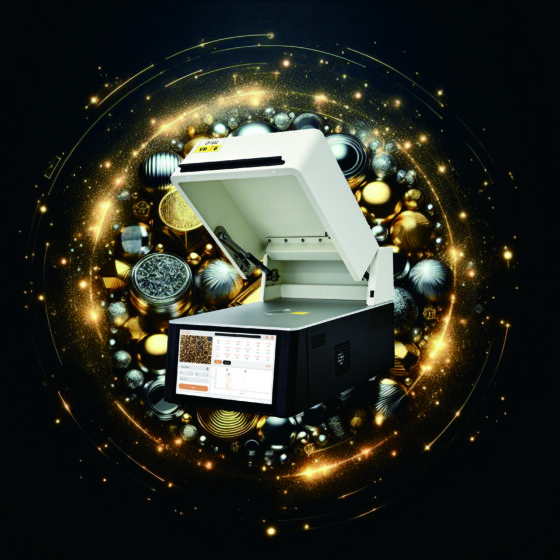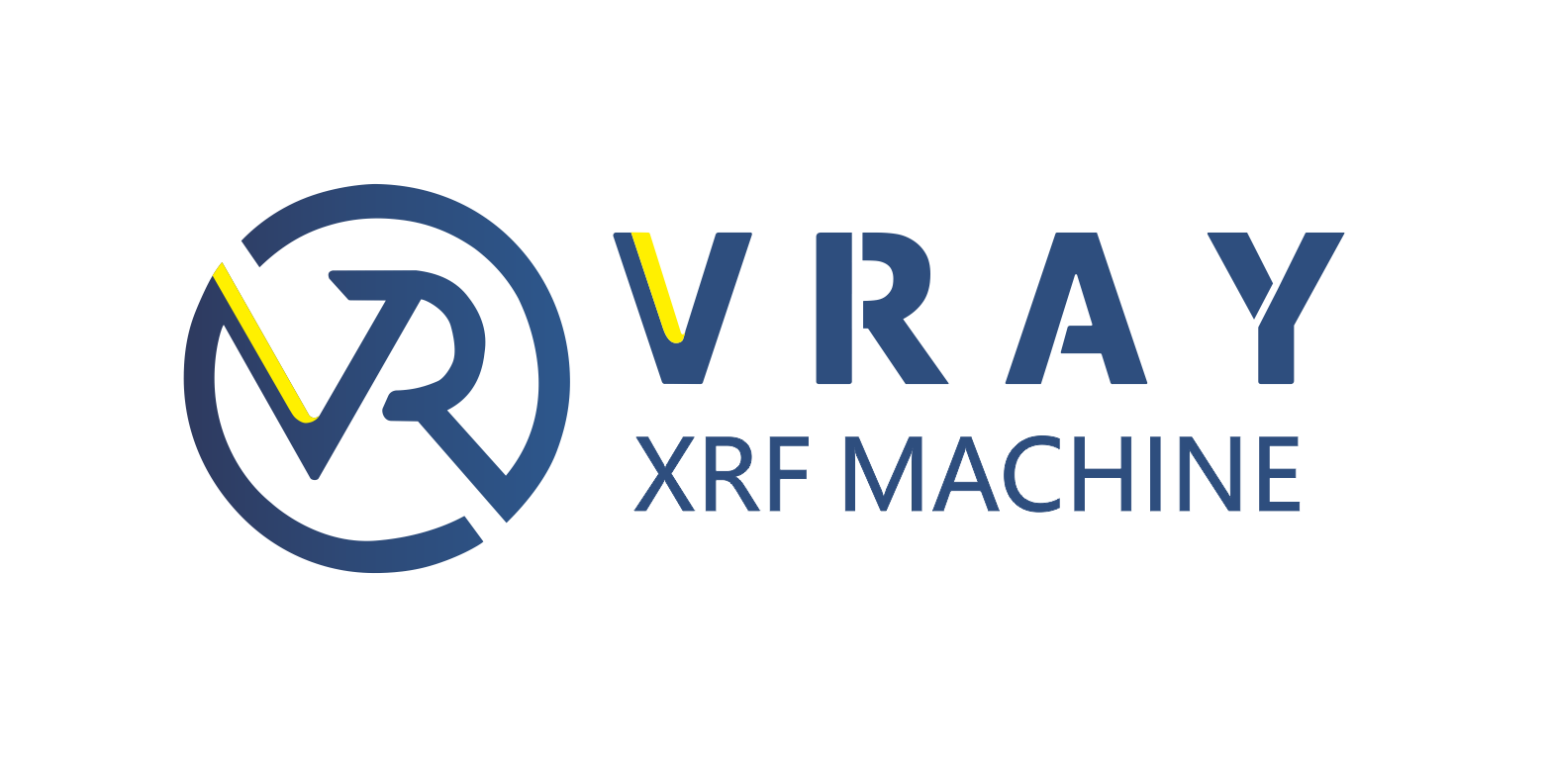Why is the XRF Gold Analyzer More Expensive Than Other Gold Testers?

Gold testing has become an essential process for jewelers, refiners, and even individual investors looking to verify the purity of gold. While there are multiple methods available for testing gold, the XRF (X-ray fluorescence) gold analyzer stands out as one of the most accurate and reliable options. However, it is also known to be more expensive than other traditional testing methods. So, what justifies the higher price tag? Let’s explore why an XRF gold analyzer is worth the investment.
1. Unmatched Accuracy
Accuracy is a critical factor when testing precious metals like gold. Unlike other methods that may only give an estimate of the purity, an XRF gold analyzer provides precise measurements of the metal’s composition. This is especially important when you are dealing with high-value assets. Even slight variations in purity can make a significant financial difference.
Most traditional testers can indicate whether a sample is likely real gold, but they often struggle to differentiate between purities such as 14k, 18k, or 24k. XRF analyzers, on the other hand, can accurately measure the gold content, often with accuracies up to 0.03%, ensuring that you get exact results. This level of precision is crucial for businesses dealing with large volumes of gold or those requiring complete confidence in their results.
2. Elemental Analysis
One of the defining features of XRF technology is its ability to perform elemental analysis. XRF analyzers are not limited to just testing gold purity. They can identify and quantify all elements present in a sample. This means that not only can they tell you how much gold is in a sample, but they can also detect other metals such as silver, copper, nickel, and palladium that might be present. This capability is essential in today’s world, where gold is often alloyed with other metals.
Traditional methods, such as acid tests or electronic testers, simply cannot match this level of detail. Acid testing might indicate if a metal is gold, but it won’t reveal the exact alloy composition. XRF technology, in contrast, offers comprehensive data that’s invaluable for industries requiring in-depth knowledge of their materials.
3. Non-Destructive Testing
Another significant advantage of an XRF analyzer is that it conducts tests without damaging the sample. Non-destructive testing (NDT) ensures that the gold remains intact and unharmed, which is especially important for valuable or delicate items like antique jewelry or coins. Other gold testing methods, such as the scratch and acid test, involve physically altering the sample, which may affect its resale value or appearance.
Investing in an XRF analyzer allows you to confidently test without compromising the integrity of the item, making it particularly popular among collectors, pawn shops, and auction houses.
4. Fast and Easy Operation
Time is money, and the speed of testing is crucial in industries with high turnover rates. XRF analyzers offer rapid testing, often providing results in under a minute. Compared to traditional methods, which may require multiple steps or waiting for chemical reactions, XRF provides a much faster alternative. The machine’s user-friendly interface and streamlined operation ensure that even non-experts can conduct tests with ease.
Although XRF technology is sophisticated, many of the modern machines, like our own VR-X5 XRF gold analyzer, are designed to be intuitive and simple to operate, making them accessible even to small businesses.
5. Long-Term Investment and ROI
While the upfront cost of an XRF gold analyzer is higher, the return on investment (ROI) is significant. These machines are built to last, with durable components that ensure they can handle high testing volumes over time. Unlike consumable testing kits like acid solutions, which require frequent replacements, an XRF analyzer is a one-time purchase with minimal maintenance costs.
In industries where gold testing is done regularly, the accuracy, speed, and non-destructive nature of XRF analysis can save time and money in the long run. The comprehensive data provided also helps in making better business decisions, whether in purchasing, refining, or appraising gold.
Conclusion
The higher price of an XRF gold analyzer is justified by the accuracy, elemental analysis capabilities, non-destructive testing, speed, and long-term ROI it provides. For professionals in the gold industry, these benefits far outweigh the initial cost, making the XRF analyzer an essential tool for ensuring the value and authenticity of their products.
If your business demands precise gold purity testing and the ability to analyze the full elemental composition of samples, an XRF gold analyzer is undoubtedly the most reliable choice.
 VRAY Instrument Limited
VRAY Instrument Limited